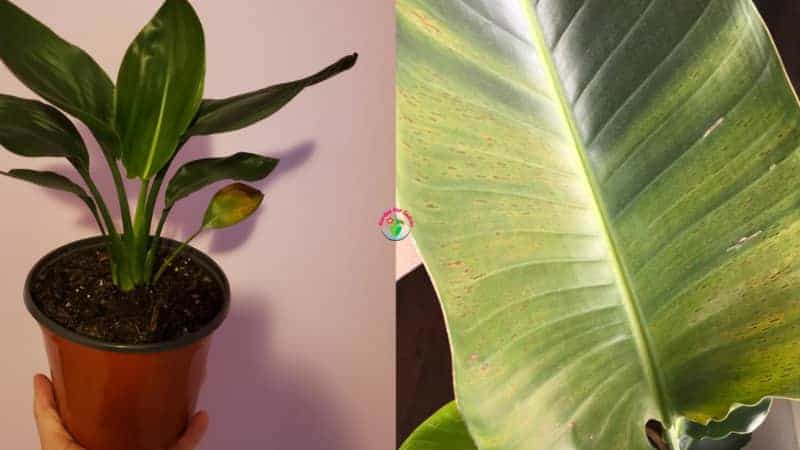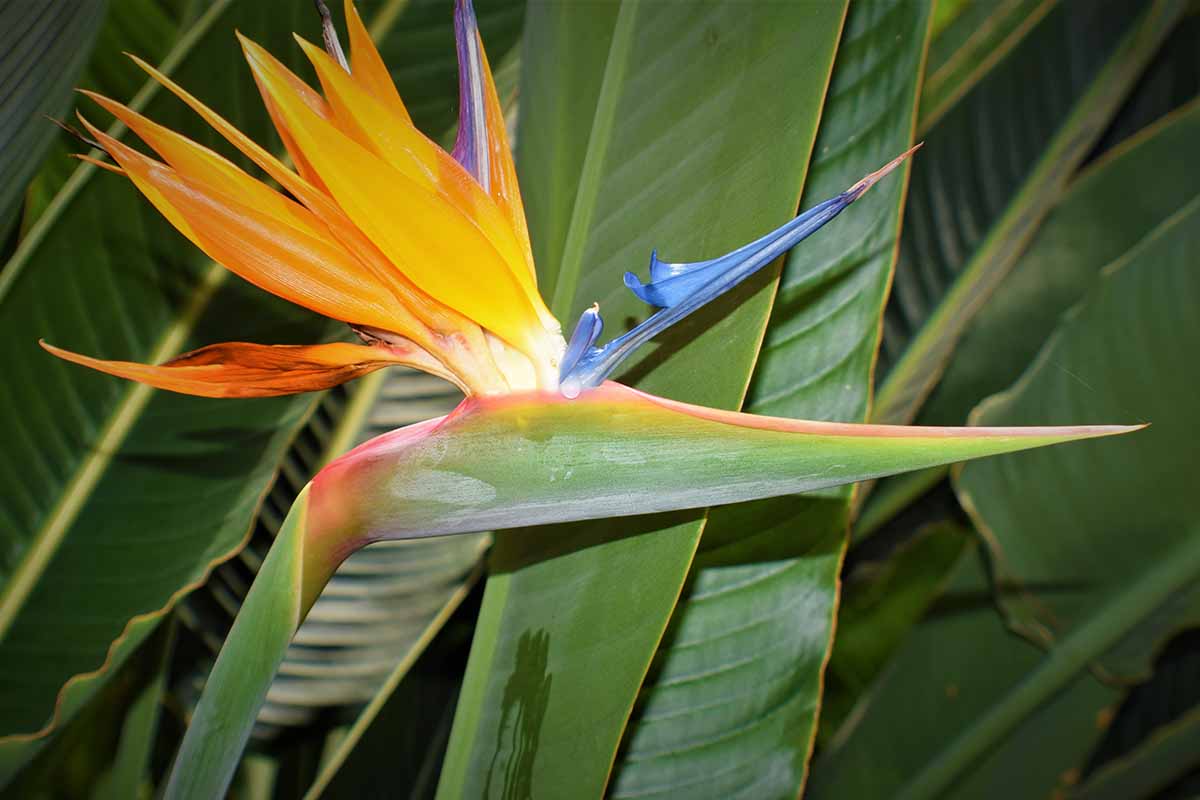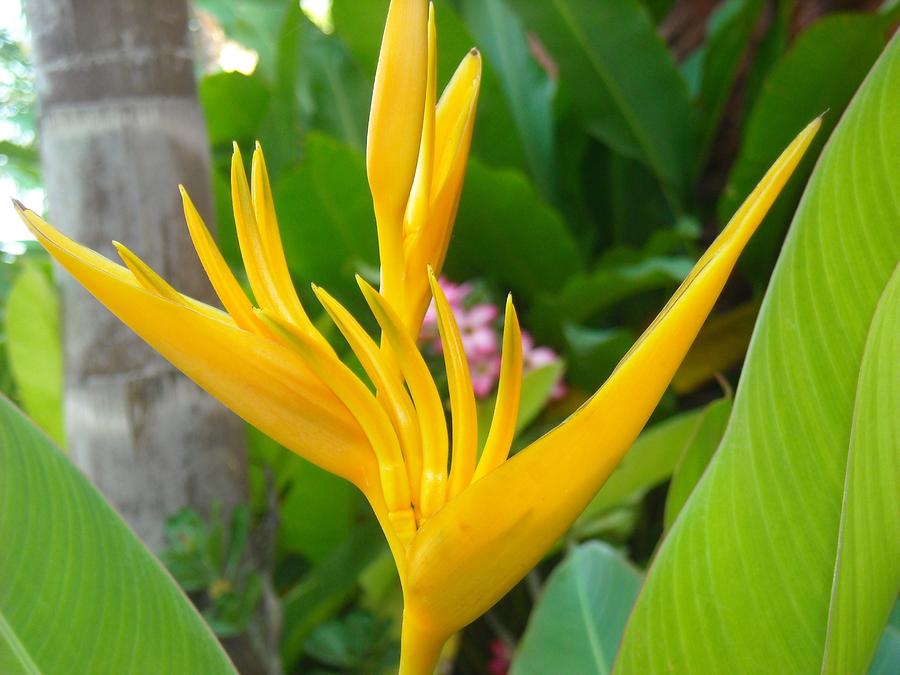The Bird of Paradise plant, known for its stunning foliage and vibrant flowers, is a favorite among plant enthusiasts. However, one common issue that many owners encounter is the appearance of yellow leaves. Understanding the reasons behind yellowing leaves is crucial for maintaining the health of your Bird of Paradise and ensuring it thrives. In this comprehensive guide, we will explore various aspects of Bird of Paradise yellow leaves, including their causes, solutions, and tips for optimal care. 🌿
Understanding Bird of Paradise
The Bird of Paradise (Strelitzia reginae) is native to South Africa and is renowned for its unique flower shape, which resembles a bird in flight. This perennial plant can grow up to 5 feet tall and is often cultivated for ornamental purposes. Its glossy green leaves create a tropical atmosphere, making it a popular choice for indoor and outdoor gardens. However, when the leaves turn yellow, it can indicate underlying problems that need to be addressed.
Common Causes of Yellow Leaves
Yellowing leaves in Bird of Paradise plants can stem from several factors, including environmental conditions, watering practices, and nutrient deficiencies. Understanding these causes is essential for effective troubleshooting.
1. Watering Issues

Watering is one of the most critical aspects of plant care, and improper watering can lead to yellow leaves. Both overwatering and underwatering can cause stress to the plant.
– Overwatering: Excessive water can lead to root rot, a condition where the roots begin to decay due to lack of oxygen. This can cause the leaves to yellow and fall off.- Underwatering: Conversely, not providing enough water can result in dehydration, leading to wilting and yellow leaves.
To maintain a healthy watering regimen, check the soil moisture regularly. A good rule of thumb is to water when the top inch of soil feels dry to the touch.
2. Nutrient Deficiencies
Nutrient deficiencies can significantly affect the health of your Bird of Paradise. Key nutrients include nitrogen, potassium, and magnesium.
– Nitrogen Deficiency: This essential nutrient promotes leaf growth. A lack of nitrogen often results in older leaves turning yellow.- Potassium Deficiency: Potassium is vital for overall plant health. Its deficiency can lead to yellowing at the leaf margins.- Magnesium Deficiency: Magnesium is crucial for photosynthesis. A deficiency typically shows as yellowing between the veins of the leaves.
To remedy nutrient deficiencies, consider using a balanced, slow-release fertilizer during the growing season (spring and summer).
3. Environmental Factors
Bird of Paradise plants thrive in specific environmental conditions. Changes in temperature, light, and humidity can lead to stress and yellow leaves.
– Temperature Fluctuations: Extreme temperatures can shock the plant. Bird of Paradise prefers temperatures between 65°F to 70°F (18°C to 21°C) during the day and a bit cooler at night.- Insufficient Light: While these plants can tolerate low light, they thrive in bright, indirect sunlight. Lack of light can cause leaf yellowing and stunted growth.- Low Humidity: Bird of Paradise prefers high humidity levels. If the air is too dry, leaves can turn yellow and brown at the edges.
Ensure your plant is placed in an appropriate environment, and consider using a humidifier or pebble tray to increase humidity if necessary.
4. Pests and Diseases

Insects and diseases can also be culprits behind yellowing leaves. Common pests affecting Bird of Paradise include aphids, spider mites, and mealybugs.
– Aphids: These small, sap-sucking insects can cause yellowing and curling of leaves.- Spider Mites: These tiny pests thrive in dry conditions and can lead to a stippled appearance on leaves before they yellow.- Fungal Diseases: Fungal infections, such as leaf spot, can cause yellow patches on leaves, leading to overall yellowing.
Regularly inspect your plant for signs of pests or disease. If detected, treat them promptly with insecticidal soap or appropriate fungicides.
5. Aging Leaves
It’s natural for older leaves of the Bird of Paradise to turn yellow and eventually fall off as part of its growth cycle. This process allows the plant to direct energy to new growth. Removing yellow leaves can encourage the plant to focus on healthier foliage.
How to Diagnose Yellow Leaves
Diagnosing the cause of yellow leaves in Bird of Paradise involves careful observation and analysis. Follow these steps to pinpoint the issue:
1. Check Soil Moisture: Insert your finger about an inch into the soil. If it’s soggy, you may be overwatering; if it’s dry, you need to water more.2. Examine Light Conditions: Observe if the plant is receiving adequate light. It may require moving closer to a light source.3. Inspect for Pests: Look for tiny insects on the leaves or in the soil. A magnifying glass can be helpful for spotting pests.4. Assess Fertilization Practices: Evaluate whether you’ve been using a balanced fertilizer and if you’ve followed recommended feeding schedules.5. Monitor Temperature and Humidity: Consider environmental factors such as drafts from windows or air conditioning that may be impacting the plant.
Solutions to Prevent Yellow Leaves: Bird Of Paradise Yellow Leaves
Once you identify the cause of yellow leaves, implementing the right solutions is vital. Here are several practical tips for maintaining the health of your Bird of Paradise:
1. Proper Watering Techniques
Adopt the following watering practices:
– Use Well-Draining Soil: Ensure your potting mix allows excess water to drain away easily.- Water Thoroughly: Water deeply but allow the top inch of soil to dry out before the next watering.- Adjust for Seasons: Reduce watering frequency in the fall and winter when the plant is dormant.
2. Fertilization Practices
Feed your Bird of Paradise during the growing season:
| Nutrient | Function | Recommended Fertilizer ||—————|——————————-|——————————-|| Nitrogen | Leaf growth | 20-20-20 or similar balanced || Potassium | Overall health | 10-10-10 during flowering || Magnesium | Photosynthesis | Epsom salts (1 tablespoon per gallon of water monthly) |
Apply fertilizer every 4-6 weeks during the spring and summer to promote healthy growth. 🪴
3. Optimize Environmental Conditions
To create an ideal environment for your Bird of Paradise:
– Provide Bright, Indirect Light: Place your plant in a well-lit area away from direct sun, which can scorch the leaves.- Maintain Humidity: Use a humidifier, or mist the plant occasionally, especially during dry months.- Regulate Temperature: Keep the plant in a warm area, away from temperature extremes and drafts.
4. Pest and Disease Management
For pest control, adopt the following strategies:
– Regular Inspections: Check your plants weekly for pests and remove any infested leaves.- Insecticidal Soap: Spray a mixture of water and soap on affected areas to eliminate pests.- Fungicide Treatment: Use a fungicide for any fungal infections, following the instructions on the label carefully.
5. Pruning and Maintenance, Bird Of Paradise Yellow Leaves
Regular pruning can help maintain the health of your Bird of Paradise:
– Remove Yellow Leaves: Prune yellow leaves to improve air circulation and direct energy to healthy growth.- Trim Dead or Damaged Leaves: This practice keeps the plant looking its best and reduces the risk of disease.> Important Note: Always use clean, sharp pruning shears to prevent introducing pathogens to your plant.
When to Seek Professional Help
In some cases, despite your best efforts, your Bird of Paradise may continue to struggle. If the yellowing persists after implementing these solutions, or if the plant shows signs of severe distress, consider seeking advice from a professional horticulturist or a local gardening center. They can offer tailored advice based on your specific situation.
Conclusion
Understanding the causes and solutions for yellow leaves in your Bird of Paradise is essential for ensuring its long-term health and vibrancy. By maintaining proper care, monitoring environmental factors, and addressing any issues promptly, you can enjoy the stunning beauty of this plant for years to come. 🌼 With the right knowledge and practices, your Bird of Paradise can thrive and continue to be a centerpiece of your home or garden.
